Volkswagen’s autonomous driving program kicks off in Austin, Texas, this month with two all-electric ID. Buzz vehicles.
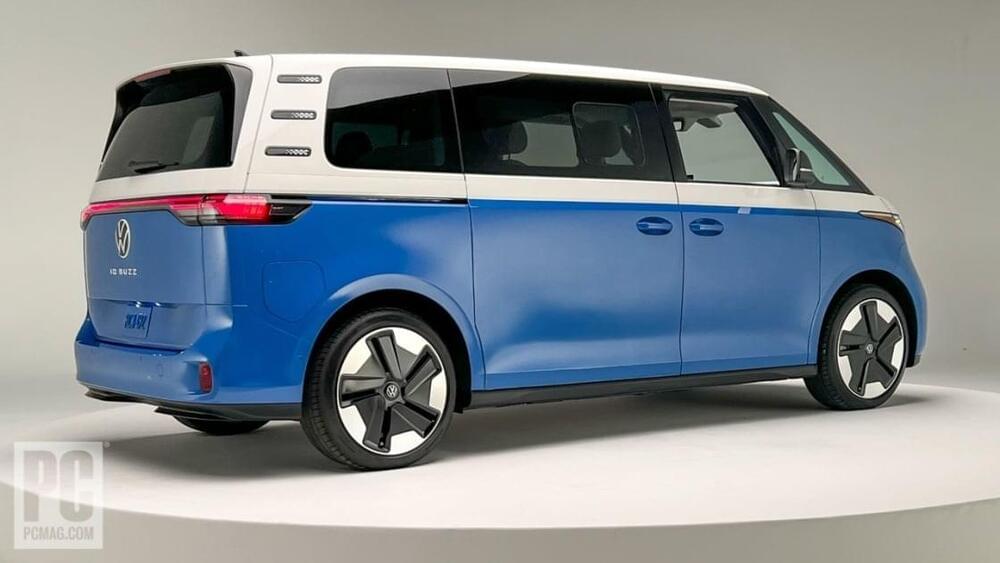

Elon Musk has again decided to share a timeline about Tesla’s self-driving effort – again claiming it will achieve “full self-driving” by the end of the year.
But this time, the CEO has mentioned “level 4 or 5” self-driving. However, it’s not clear if he knows what that means.
Over the years, Musk has claimed that Tesla was on the verge of achieving “full self-driving capability” so often that it is hard to believe him now.
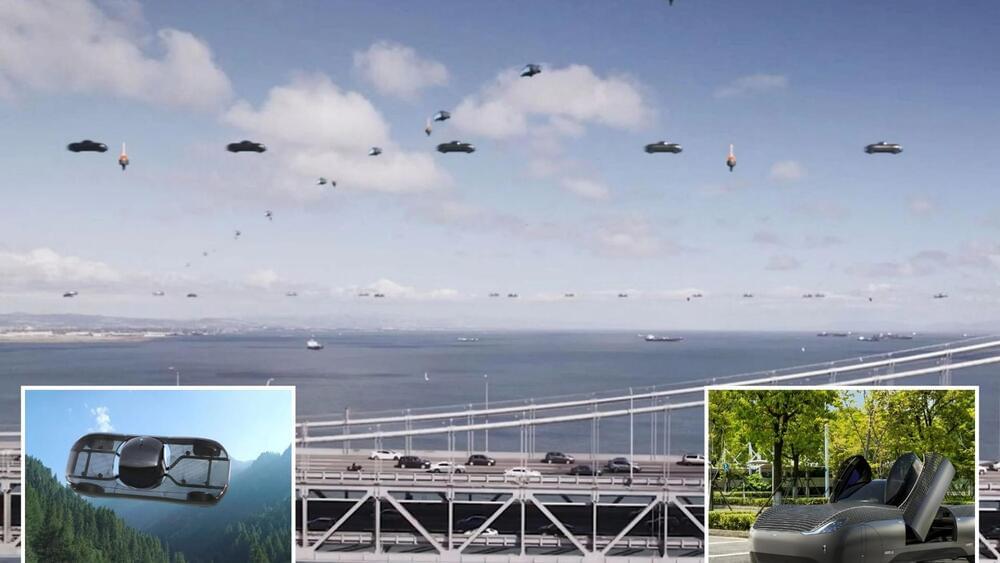
O.o!!!!!
A UNIQUE flying car could pave the way for roads in the sky.
The US government approved an amazing flying car which could make Back to the Future-style highways a reality.
California company Alef Aeronautics claims their model A car not only can drive on roads, but also take off to avoid traffic jams.

This benefits customers by accelerating access to future vehicles that feature the latest technology while also enabling their current vehicles to be eligible to receive updates and improvements over time—unlocking additional value beyond the initial point of purchase. And for large enterprises, shorter development cycles with less ground-up engineering can equate to significant cost savings and allow more investment in innovation.
Beyond vehicles themselves, the tools, techniques and processes that are required to engineer and manufacture at scale are also benefitting from developments in the latest hardware technology. Advancements in raw material chemistry and processing, fabrication and physical sciences are leading to lighter, stronger and better-performing vehicle applications in parallel with greater connectivity.
As advancements in transportation technology continue to evolve, it’s important for companies to balance their focus on the continual development of both hardware and software technologies. Forgoing advancements in one without investing in the development of the other can lead to significant risks and missed opportunities for long-term success.
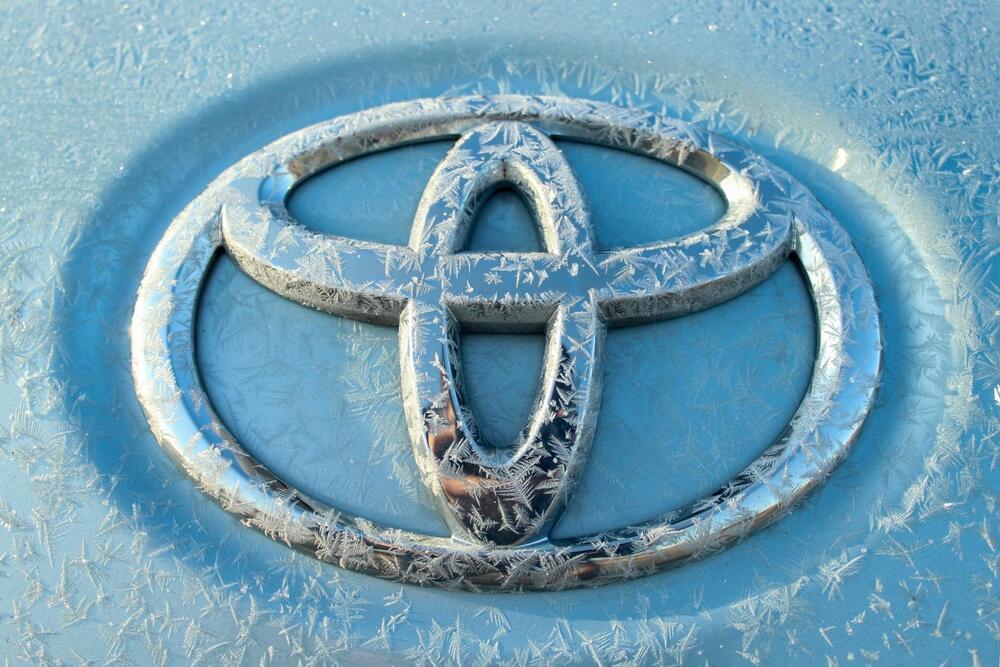
EPFL researchers have developed a 100% effective, ultra-thin active noise cancelling system that uses an ionized air plasma propulsion system instead of speakers. A 17-mm-thick (0.6-in) layer can block 20 Hz noise as well as a 4-m-thick (13-ft) wall.
If you know how active noise cancellation works, then skip ahead. Essentially, the sound waves we hear are pressure waves in the air around us. Speaker cones are big, lightweight membranes designed to push air around in precise patterns to create those pressure waves, either in the form of pleasant music, or whatever it is the kids are listening to these days.
Active noise cancellation (ANC) is the idea of measuring those pressure waves with a microphone, then generating the exact same pressure waves in reverse, and playing them through a speaker. Pressure is taken away from the positive pressure peaks, and added to the negative pressure troughs, and the new wave more or less scrubs the old wave out of existence.
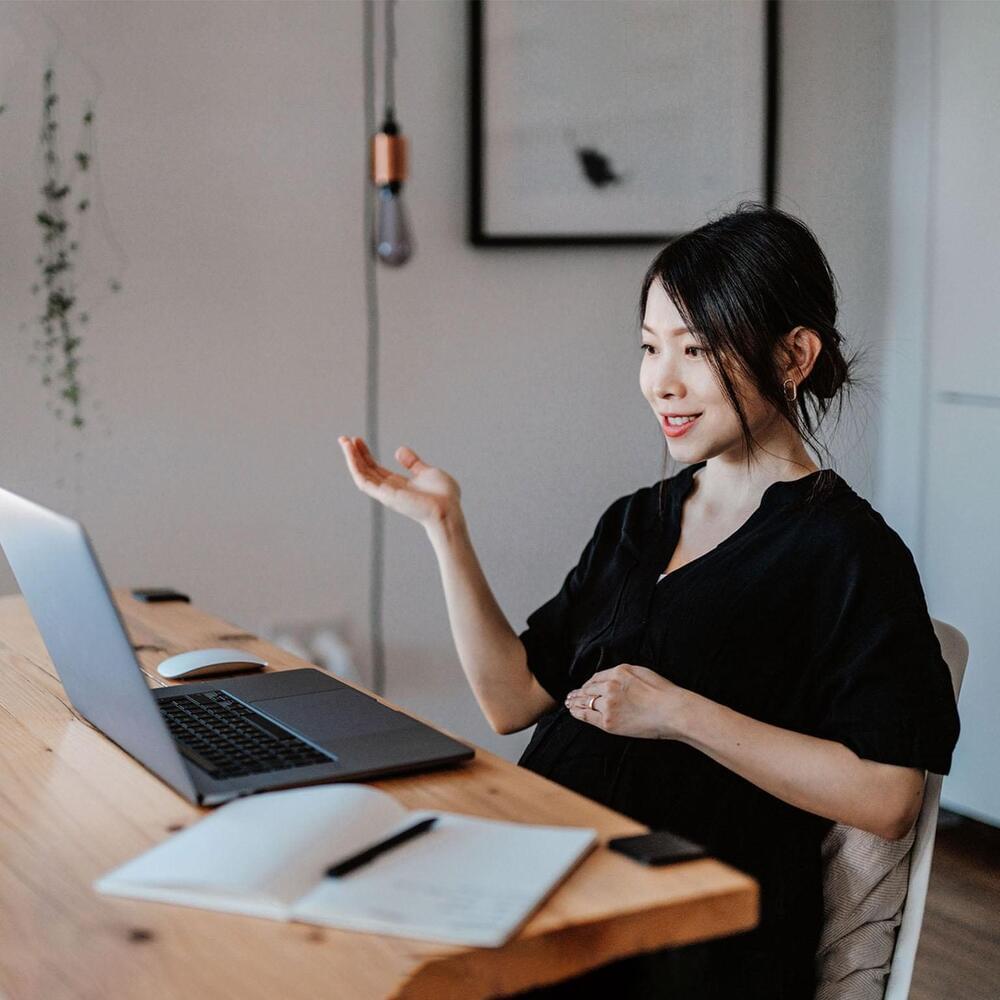
The results of the American Opportunity Survey reflect sweeping changes in the US workforce, including the equivalent of 92 million workers offered flexible work, 80 million workers engaged in flexible work, and a large number of respondents citing a search for flexible work as a major motivator to find a new job.
Competition for top performers and digital innovators demands that employers understand how much flexibility their talent pool is accustomed to and expects. Employers are wise to invest in technology, adapt policies, and train employees to create workplaces that integrate people working remotely and on-site (without overcompensating by requiring that workers spend too much time in video meetings). The survey results identify obstacles to optimal performance that underscore a need for employers to support workers with issues that interfere with effective work. Companies will want to be thoughtful about which roles can be done partly or fully remotely—and be open to the idea that there could be more of these than is immediately apparent. Employers can define the right metrics and track them to make sure the new flexible model is working.
At a more macro level, a world in which millions of people no longer routinely commute has meaningful implications for the commercial core in big urban centers and for commercial real estate overall. Likewise, such a world implies a different calculus for where Americans will live and what types of homes they will occupy. As technology emerges that eliminates the residual barriers to more distributed and asynchronous work, it could become possible to move more types of jobs overseas, with potentially significant consequences.
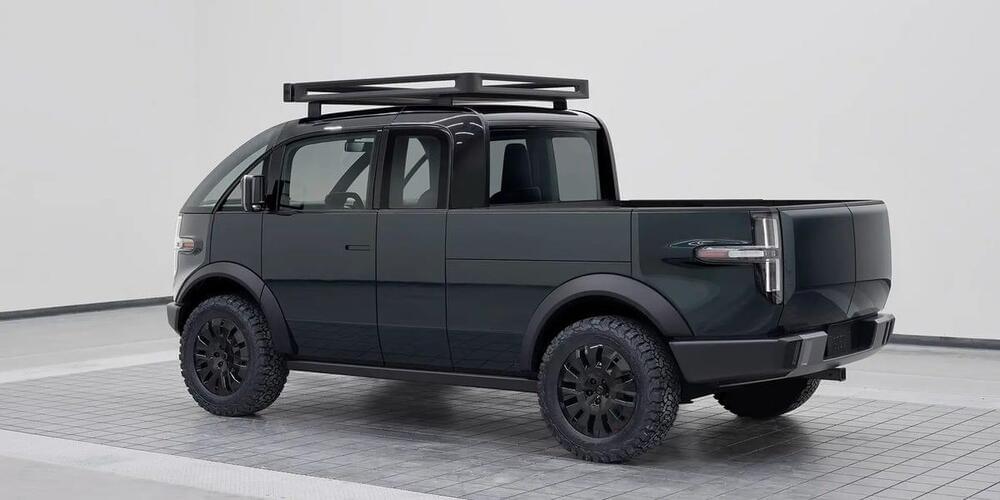
Airbus has officially opened its new Wing Technology Development Centre (WTDC) in Filton, UK. The plant will further its “Wing of Tomorrow” program.
Airbus has officially opened its new wing technology plant in Filton, England. Inaugurated by British Industry Minister Nusrat Ghani, the new plant is a fundamental part of Airbus’ plan for its so-called “Wing of Tomorrow.”
The plant’s primary mission, at present, is to further development of Airbus’ designs for wings that are longer, lighter, more slender, and feature folding wingtips to fly more sustainably.
